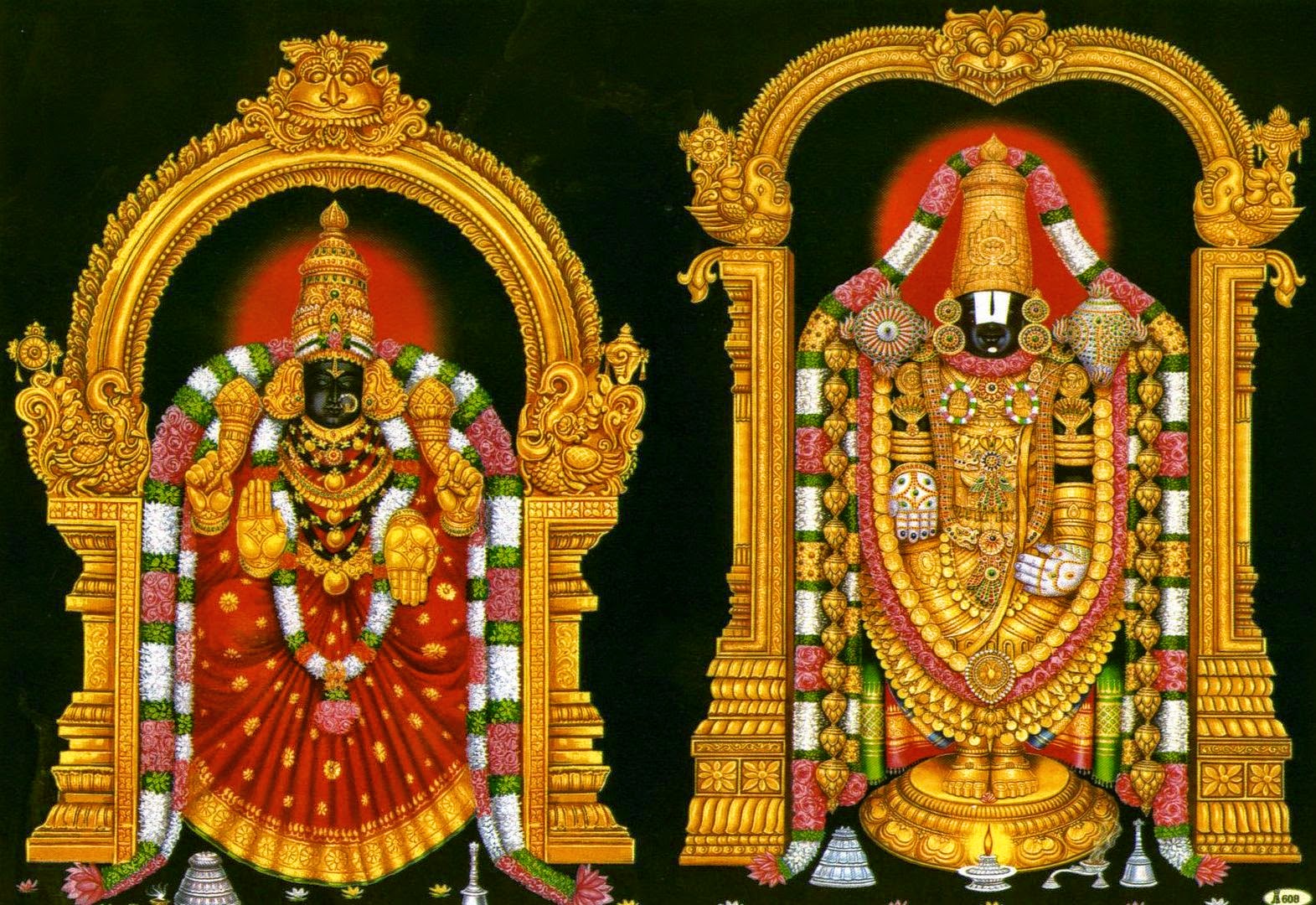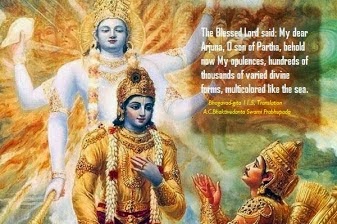The Spiritual Import of the Mahabharata and the Bhagavadgita : Ch-6. Part-6.
6: Universal Action-6.
This equalisation of the breath between the ida and pingala by driving it into the sushumna is called the practice of kumbhaka, a stoppage of the breathing arrived at either by alternate breathing, known usually as sukha purvak pranayama, with which we are already acquainted, or by a sudden stoppage of breath which is called kevala kumbhaka—we neither breathe in nor breathe out. Various types of kumbhaka are mentioned in systems like the sutras of Patanjali, for instance. Either the breath can be held by alternate breathing, or after expulsion, or after inhalation, or suddenly. Generally, the sudden stopping is regarded as the highest type of kumbhaka, where we do not think too much about the breathing process, but hold it by a sudden attention fixed upon the object of our meditation.
So, pranapanau samau krtva nasabhyantara-carinau, yatendriya-mano-buddhir. Here is the masterstroke of yoga, which rises above what I already have said. There has to be a totality of unitedness of the senses, the mind and the intellect. This is very important and hard to comprehend. Like three brothers working in unison in a single family, with one thought though the brothers are three, the senses, the mind and the intellect have to engage themselves in a single practice of absorption of oneself in the object of meditation. When the senses stand together with the mind, and the intellect does not operate, it is called the supreme yoga.
When the five senses stand together with the mind, that condition is called pratyahara or the withdrawal of sense energy into the mind. Generally the senses operate independently of the mind, as children working independently of the parents. They are not united with the parents. Pratyahara is the union of the senses in the mind in such a way that it appears that the senses have become the mind itself. There is no distinction between the senses and the mind, and we do not know which is operating at a particular moment.
The eyes do not see and the ears do not hear, etc., independently, but they combine to perform a single function of attention through the mind, so that it is the mind that sees and hears, not the eyes and ears. It is a supernormal perception, and the intellect talks from logical deliberations. The intellect ceases from argumentative activity and merges itself in this central function which is the head of all the senses, the mind as well as the intellect. When such unison takes place—yatendriya-mano-buddhir munir moksha-paryanah—one becomes a real muni, a really silent person.
The silence of the mind is real mouna, where the mind ceases to think of objects, whereas in ordinary verbal mouna the mind may think of objects; though the speech may not express objects through language, but the mind does think of objects. But the mind has to stop thinking of objects—that is yoga, and that is real mouna. One becomes a real muni when this state is attained; one becomes yatendriya-mano-buddhir munir, restrained in the senses, the mind and the intellect.
Swami Krishnananda
To be continued ...

.jpg)



Comments